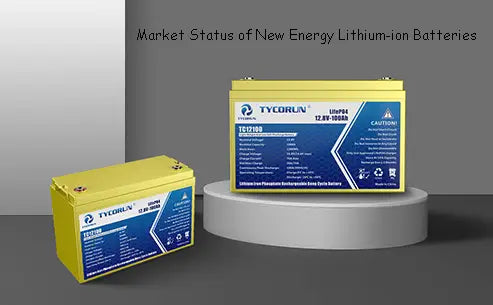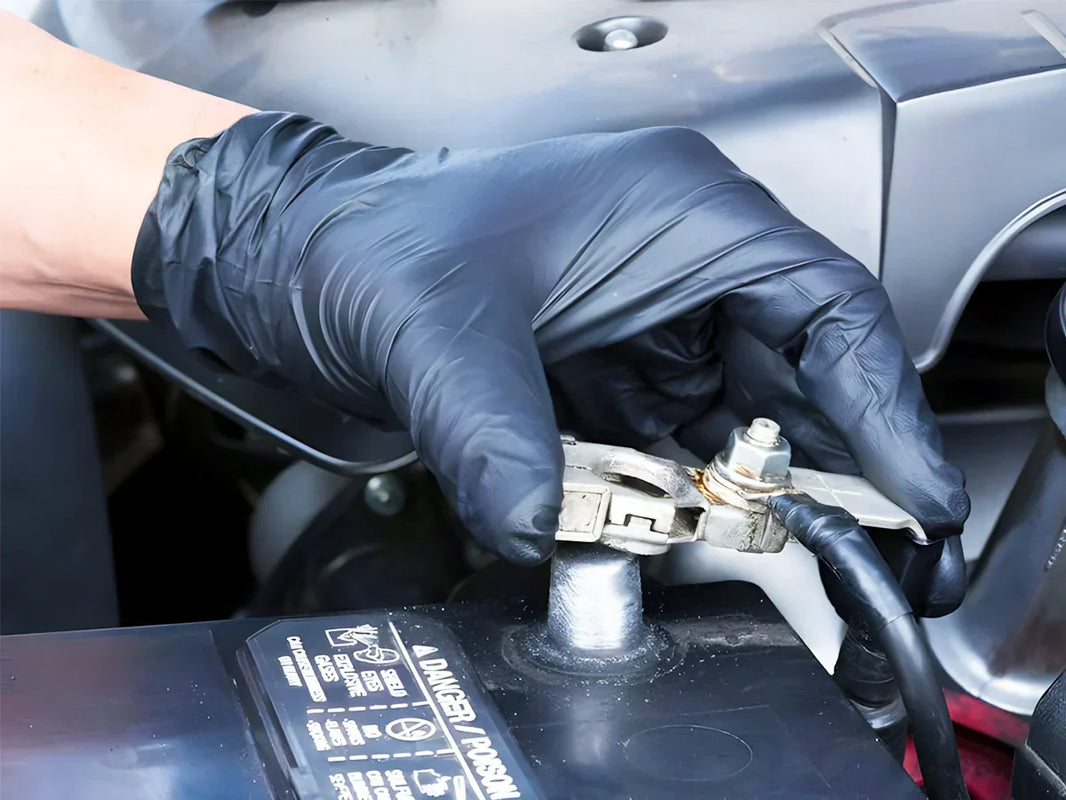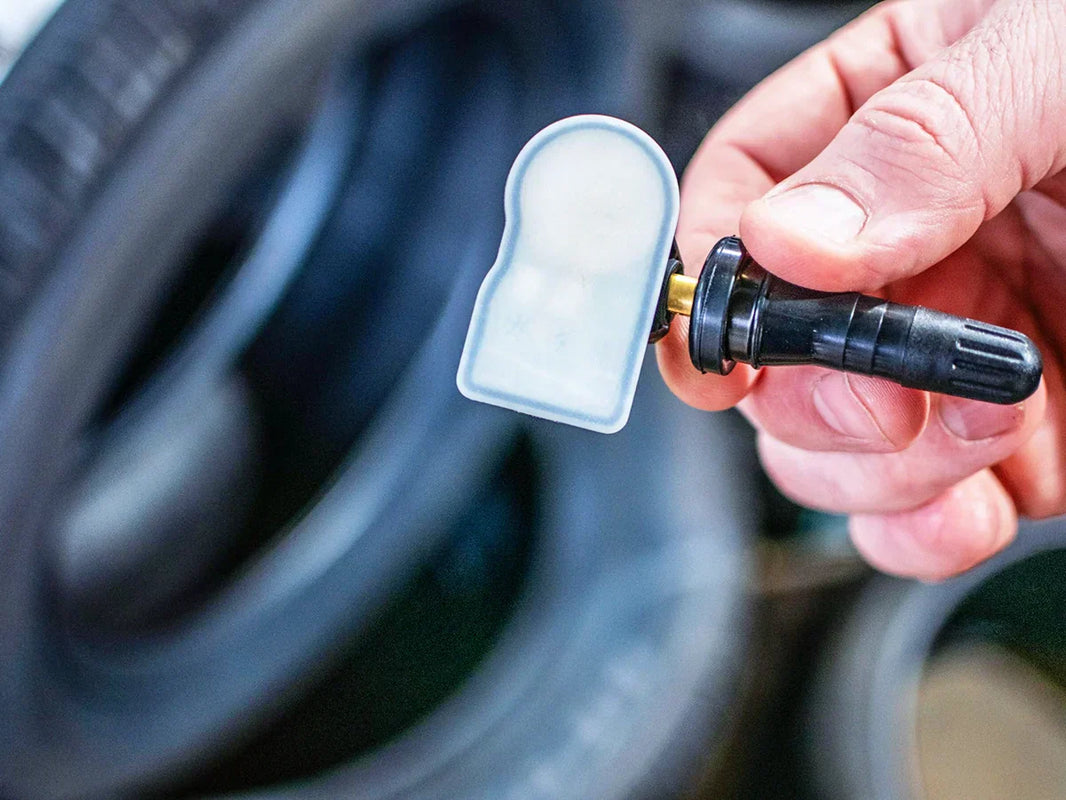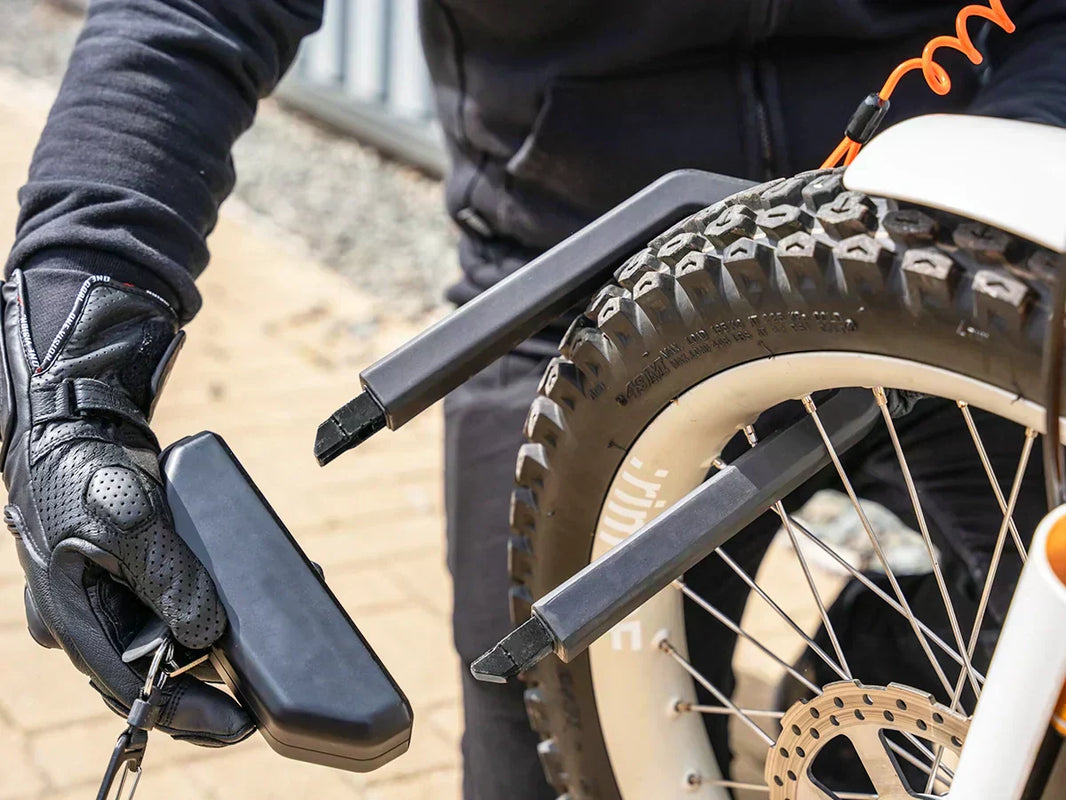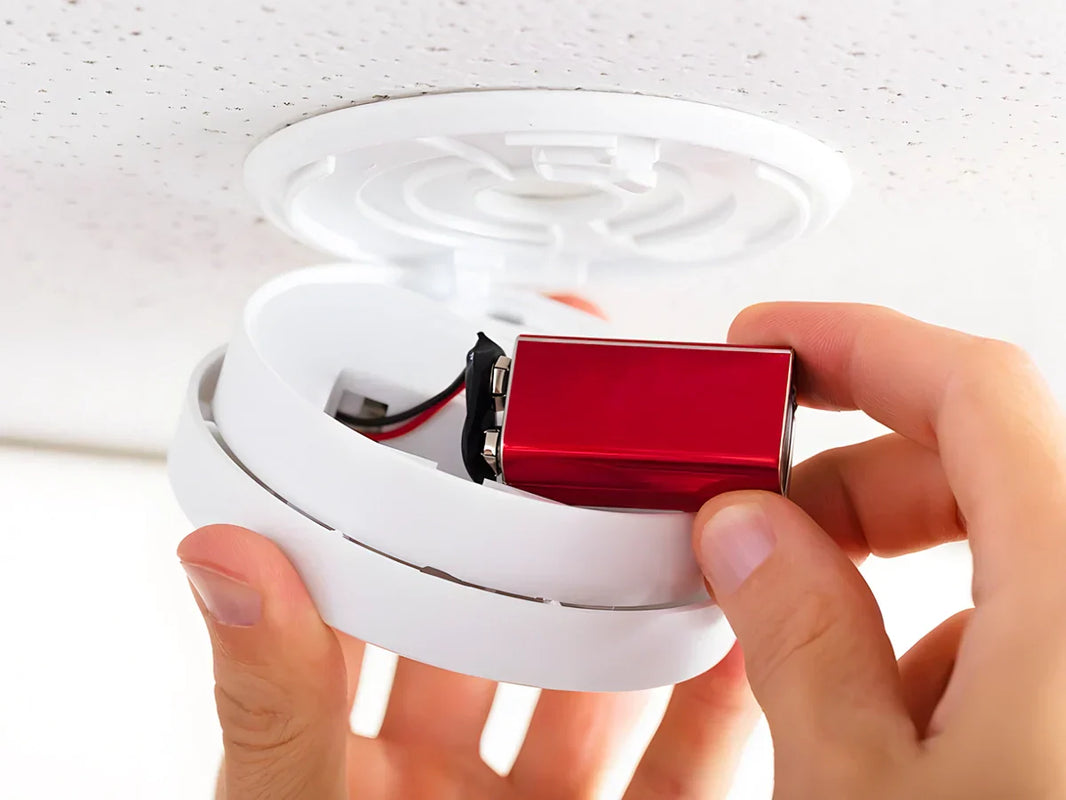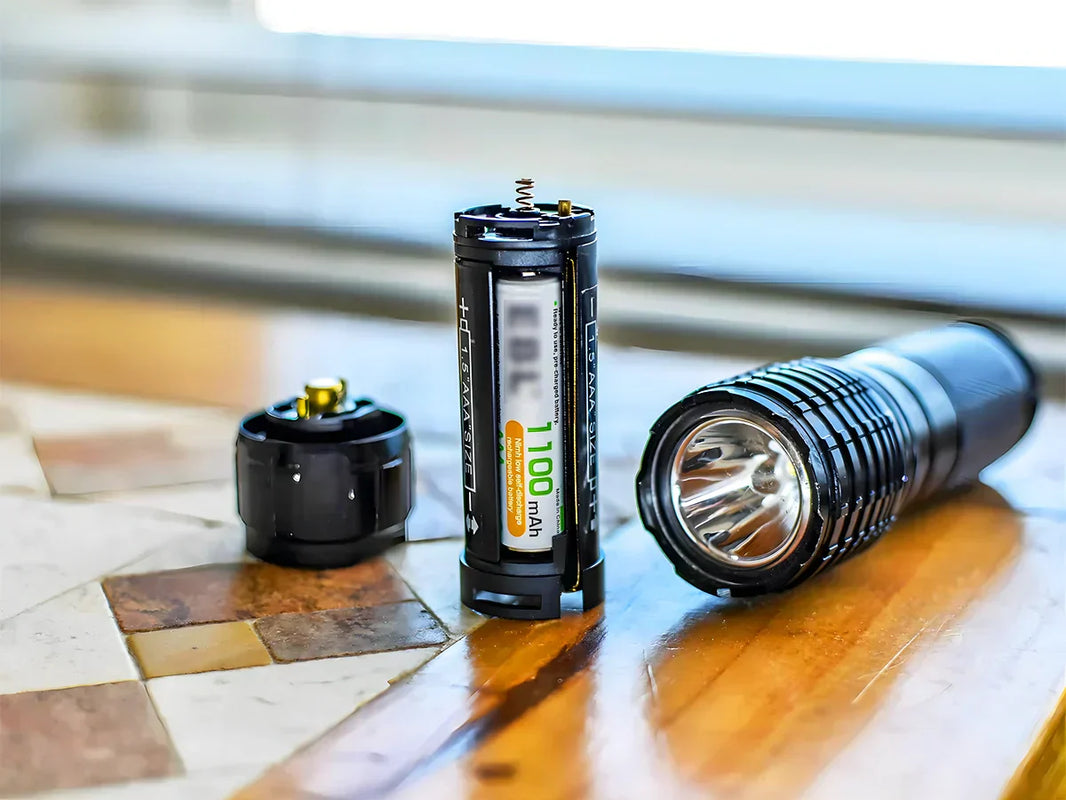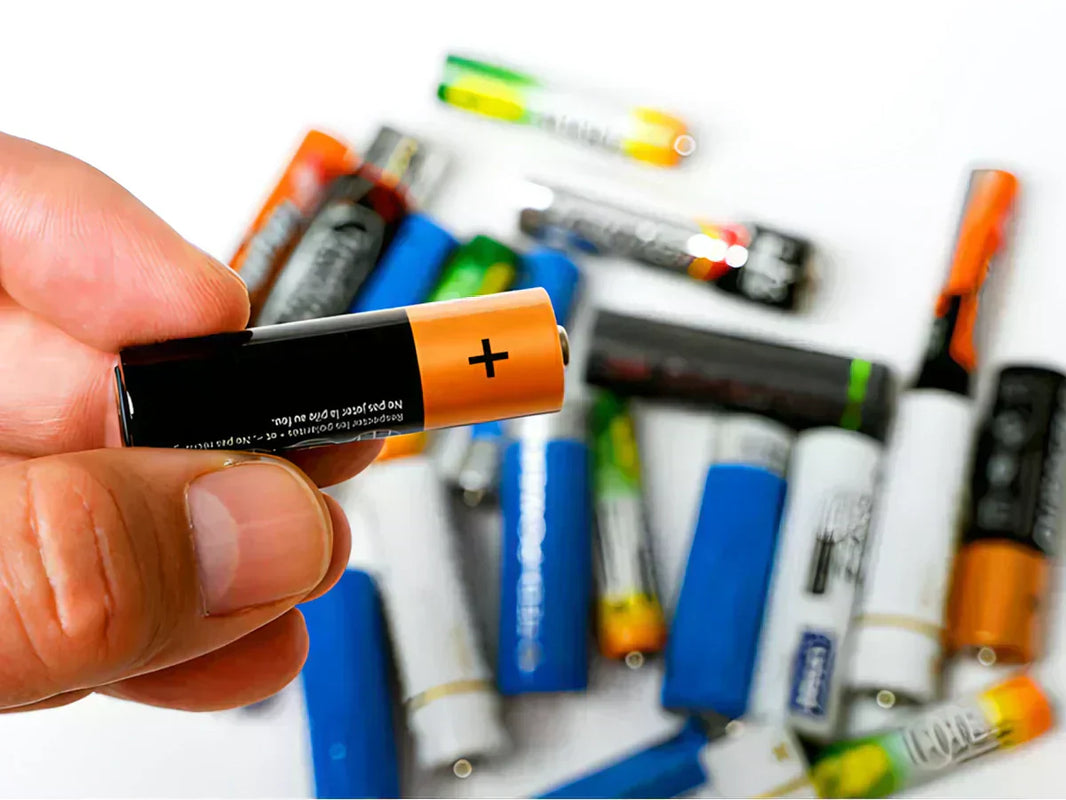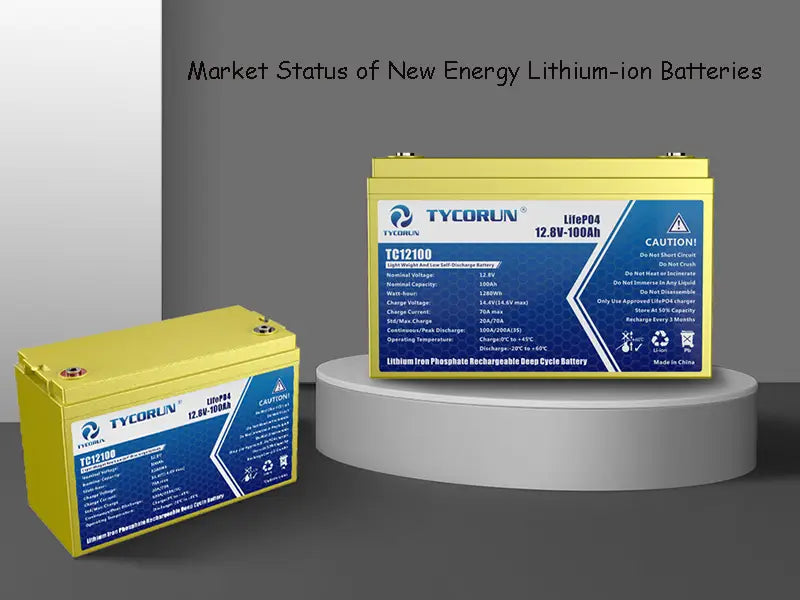
Main content:
1. Overview of new energy lithium-ion batteries
New energy lithium-ion batteries are the third generation of small batteries after nickel-cadmium batteries and nickel-metal hydride batteries. As a new type of chemical power source, new energy lithium-ion batteries have outstanding advantages such as high operating voltage, large specific energy, stable discharge potential curve, small self-discharge, long cycle life, good low temperature performance, no memory, and no pollution. People have dual requirements for small, lightweight and environmentally friendly batteries for portable electrical appliances. New energy lithium-ion batteries are widely used in small electronic devices such as mobile communications, notebook computers, and all-in-one cameras. New energy lithium-ion batteries are also the future of electric power. The ideal power source for transportation.
Due to the high level of international oil prices, more and more motorists consider fuel economy when deciding to buy a car, which directly leads to a rise in the global market share of hybrid vehicles. Sales of hybrid vehicles in the United States are expected to increase to 1 million by 2012. In order to meet the demanding requirements of hybrid vehicles, the use of new energy lithium-ion batteries can provide more power for such vehicles to meet the challenges of world energy shortages.
At present, the electric vehicles and hybrid electric vehicles that are vying for the development of various countries all need batteries to provide power. As a supporting power source for pure electric vehicles, new energy lithium-ion batteries are becoming the core power source due to their outstanding performance. Since hybrid vehicles meet the great development needs of energy and environmental protection in today's countries, the growth rate of consumption is greater than 20%.
Compared with nickel-metal hydride batteries, new energy lithium-ion batteries have the characteristics of small weight, large storage capacity and long life. New energy lithium-ion batteries can greatly improve the fuel efficiency and cruising range of vehicles. At present, Toyota, Nissan, Honda, Suzuki, Mitsubishi, Mazda, Fuji Heavy Industries, Daihatsu, GM, Chrysler, Ford, Hyundai, BYD, etc. all use new energy lithium-ion batteries to equip electric vehicles or hybrid vehicles. According to the general opinion of the industry, new energy lithium-ion batteries will eventually replace nickel-metal hydride batteries.
The development of new energy lithium-ion batteries electric vehicles can not only replace oil with electricity, reduce greenhouse gas emissions, but also store electricity from the grid. New breakthroughs in new energy lithium-ion batteries have greatly reduced the cost and improved performance of electric vehicles, and marketization is imminent. New energy lithium-ion batteries vehicles will bring an "energy revolution" and "industrial revolution". The main key components of new energy lithium-ion batteries vehicles are lithium-ion power batteries and permanent magnet synchronous motors.
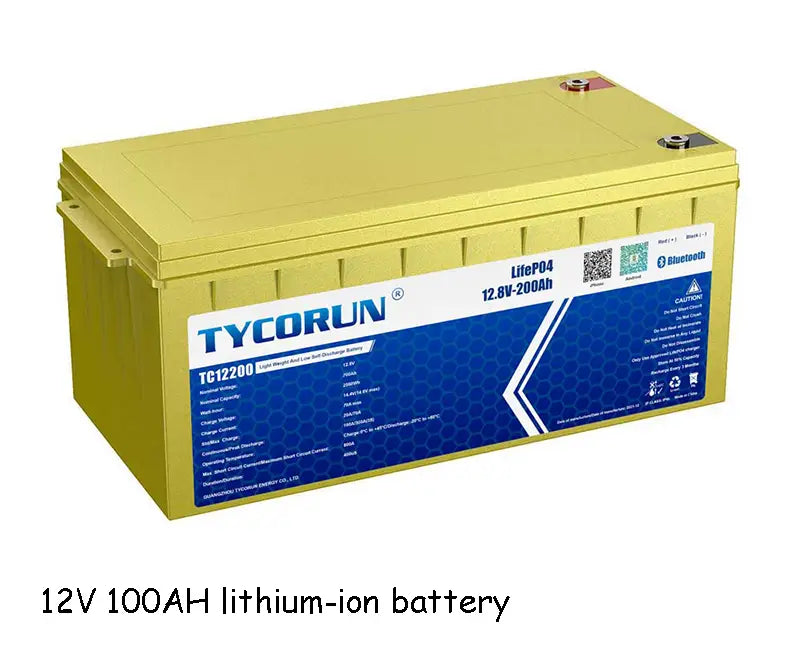
2. New energy lithium-ion batteries in the international market
Pure electric vehicles powered by new energy lithium-ion batteries have become a hot spot in international competition. International mainstream car companies, such as Ford, GM, Nissan, Mitsubishi, Mercedes-Benz and Chevrolet, will launch electric vehicles based on new energy lithium-ion batteries from 2009 to 2010. Many experts believe that new energy lithium-ion batteries are as strategically important as today's oil.
The global production of new energy lithium-ion batteries has maintained an average growth rate of 10% to 20% in the 15 to 17 years before 2009. Since 2001, the average annual growth rate has been as high as 40%. In the rapidly growing new energy lithium-ion batteries market, in addition to button-type primary batteries such as watches, there are also rechargeable secondary lithium-ion batteries. At present, in addition to being widely used in digital electronic products such as mobile phones, notebook computers and MP3, secondary lithium-ion batteries have also been used in some high-power batteries such as electric vehicles and electric bicycles.
In 2003, the global production of new energy lithium-ion batteries was 1.25 billion, of which China produced 450 million, and Chinese battery companies produced more than 280 million, accounting for more than 20% of the world's total lithium-ion battery output. In 2004, China's daily output of small lithium-ion batteries reached 2 million to 3 million, and the annual output exceeded 600 million. In recent years, China's lithium-ion battery output has doubled at a rapid rate on average every year. Experts predict that in the next few years, with the continuous expansion of the production scale of a number of key enterprises, mobile phones, notebook computers, video cameras, digital cameras and other portable With the continuous growth of products, China's lithium-ion battery industry will maintain an average annual growth rate of more than 30%.

Japan's Yano Economic Research Institute released a report that the global supply of new energy lithium-ion batteries in 2007 increased by 17% over the previous year, reaching 2.45 billion. Yano Economic Research Institute summarized the results of interviews and surveys on battery manufacturers, material manufacturers and application product manufacturers from May to November 2007. The supply amount increased by 13% year-on-year to 925.597 billion yen. Judging from the supply of products in different shapes, the cylindrical shape is 46%, the square shape is 41%, and the polymer shape is 13%. Cylindrical features 4 or 6 more in laptop batteries. New markets are emerging for power tools, each with multiple batteries. In terms of prismatic batteries, mobile phones, especially low-priced models supplied to emerging market countries, played a driving role. Lithium-ion polymer batteries are increasingly sold, centered on mobile phones. From the perspective of different uses, 49% are for mobile phones, 36% for notebook computers, and 4% for digital cameras. It is expected that with the further popularization of mobile phones and notebook computers in emerging markets such as Brazil, Russia, India, and China, the growth of the above-mentioned portable products will slow down, and the growth of the new energy lithium-ion batteries market will also slow down.
According to the forecast on November 28, 2008 by Fuji-Keizai of Japan, which is engaged in market research, the global sales of rechargeable batteries for all application fields will increase by 47% in 2012 compared with 2007, reaching 3.61 trillion yen. The new energy lithium-ion batteries will lead this growth, its sales will double by 2012. Sales of new energy lithium-ion batteries will grow to 1.25 trillion yen by 2012, about 2.1 times the sales in 2007. According to the company's market analysis on January 12, 2009, the new energy lithium-ion batteries material market will grow to 618.7 billion yen in 2012, an increase of 89% over 2007 within five years. Among the key components, the positive electrode material market will grow by 81.2% to 270 billion yen by 2012. The separator market, which is critical to battery safety, will reach 111 billion yen by 2012, doubling its size in 2007. The new energy lithium-ion batteries market is expected to grow at an annual rate of 11%, with notebook computers, power tools and mobile phone applications leading its demand growth. In the future, demand for new energy lithium-ion batteries will also come from electric vehicles and hybrid vehicles.

According to the forecast released by the Advanced Automotive Battery Company at the Advanced Automotive Battery Conference on June 14, 2009, new energy lithium-ion batteries will account for about 21% of the advanced battery market for hybrid and pure electric vehicles in the near future. The forecast does not yet include engineering prototypes, the Chinese market, batteries produced by 18,650 consumer battery companies, and micro-hybrid applications. The new energy lithium-ion batteries market will reach $321 million by 2011, while the NiMH automotive battery market will be $1.232 billion, totaling $1.553 billion. New energy lithium-ion batteries continue to face technical and cost challenges, mainly product cost, safety, manufacturing reliability and longevity.
Irish Research and Markets has released a market report on new energy lithium-ion batteries. The company said that by the end of 2007, China's lithium battery production was the world's largest. In the total production of lithium batteries in the world, mainland China accounted for 16.9%, and Taiwan, China accounted for 6.9%.
In addition, Research and Markets also believes that more manufacturers will start producing lithium polymer rechargeable batteries in the future. Compared with lithium ion rechargeable batteries, lithium polymer rechargeable batteries can be easily customized in shape, and have the characteristics of large capacity and high safety. Therefore, as the price of lithium polymer rechargeable batteries is gradually reduced to the price level of lithium ion rechargeable batteries, lithium ion batteries are likely to be replaced by lithium polymer batteries.
According to the China Chemical and Physical Power Industry Association, in 2006, the output of lithium rechargeable batteries in mainland China was 950 million. In 2007, it reached 1 billion, an increase of 11% over the previous year. At the same time, almost all manufacturers increased production by nearly 50% in 2008-2009.
From the perspective of use, lithium battery products for automobiles have attracted much attention. The market for lithium-ion batteries for hybrid vehicles is expected to form as the demand for vehicles with high efficiency and low emissions of harmful substances expands. In addition, Chinese manufacturers are planning to expand the production of small lithium batteries for portable products, and the production of such batteries is expected to remain the main force in the next few years.
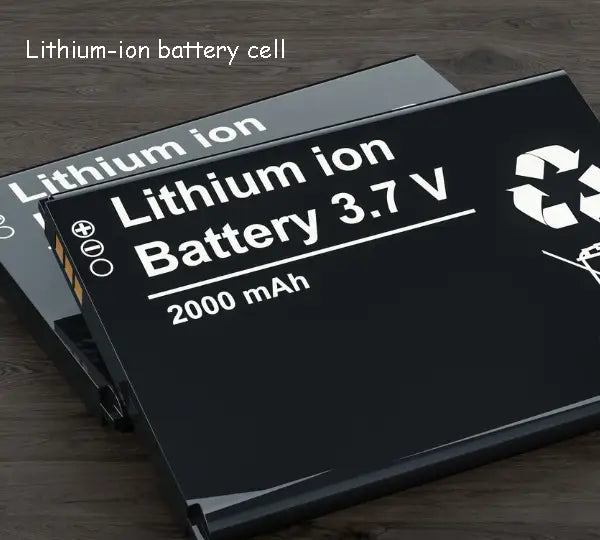
At present, the total amount of global greenhouse gas emissions continues to rise, and 25% of CO2 emissions come from automobiles. In China, the pollution emitted by automobiles has become an important factor in urban air pollution, and the new energy lithium-ion batteries vehicles themselves have zero emissions. The development of electric vehicles can greatly reduce harmful gas emissions.
The vigorous development of new energy vehicles has opened up the market space for power batteries in China. According to estimates, for example, based on the scale of 600,000 new energy vehicles in 2011, the compound growth rate of China's new energy vehicle production scale in the past three years will exceed 200%. Based on the average number of 100kg batteries used in each vehicle, the battery market size will reach 600 million tons by 2011. The new energy vehicle development goal proposed by the Ministry of Energy is that by 2012, 10% of China's newly produced vehicles are energy-saving and new energy vehicles. By then, the battery market demand will reach 1 billion tons.
Read more: Demand for new energy storage batteries for new energy vehicles


